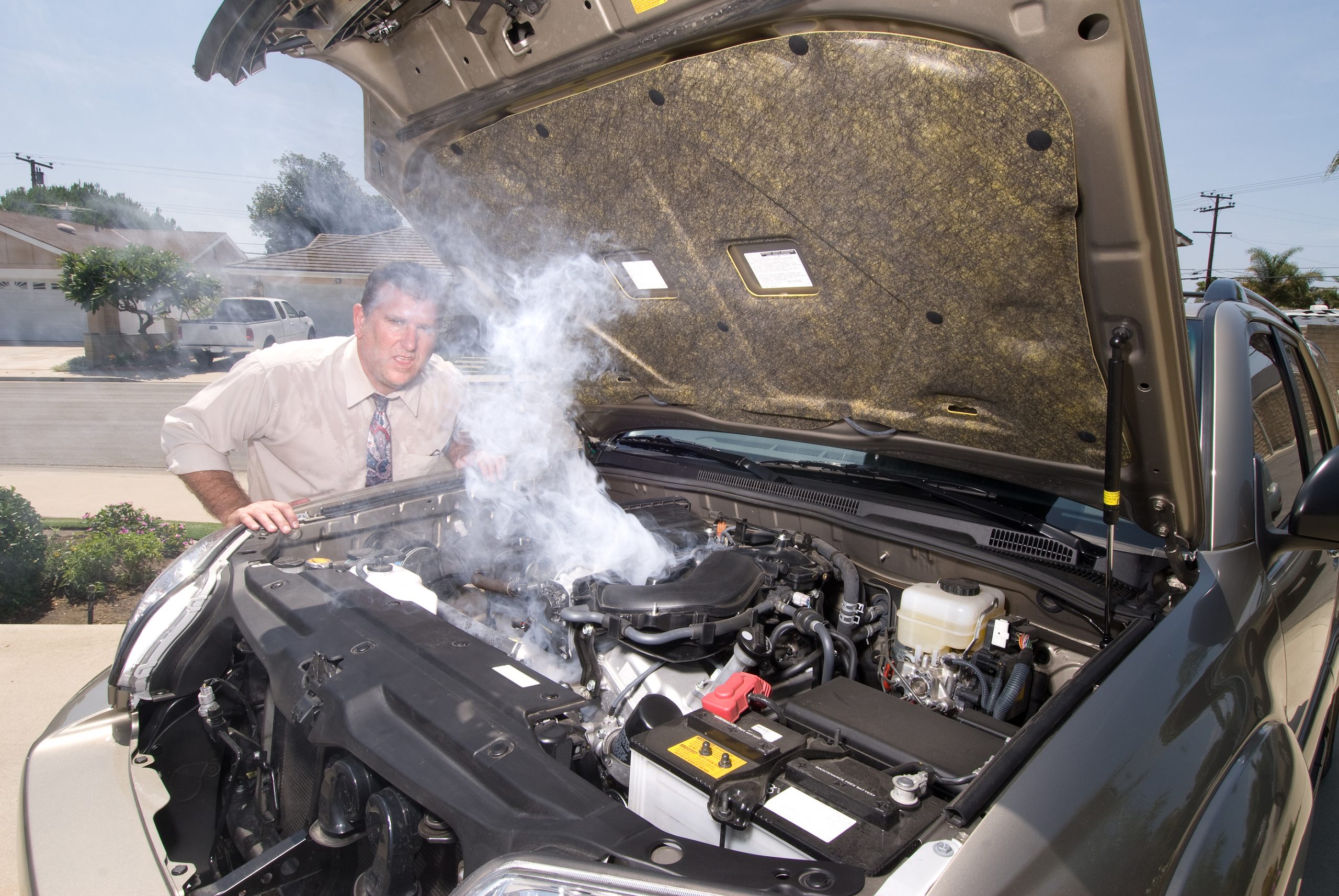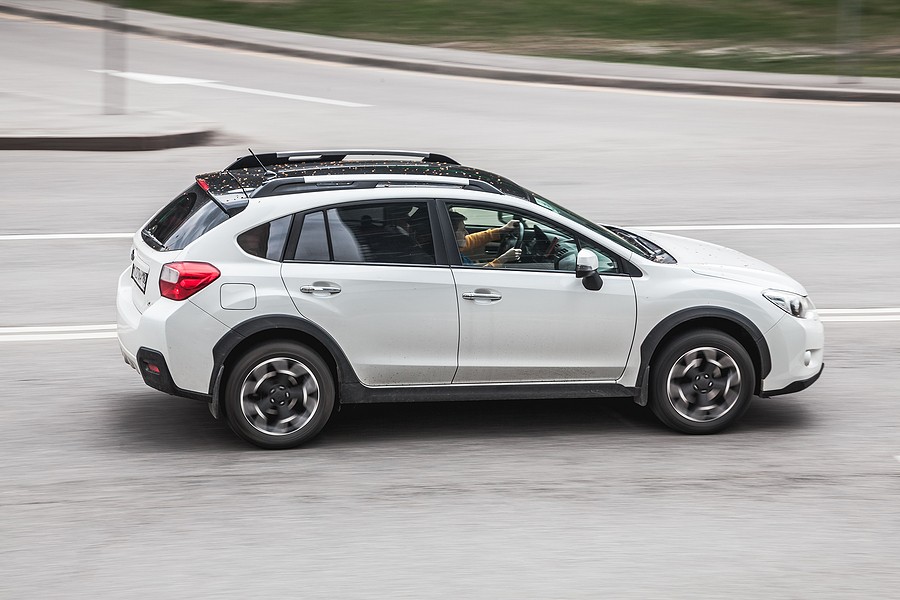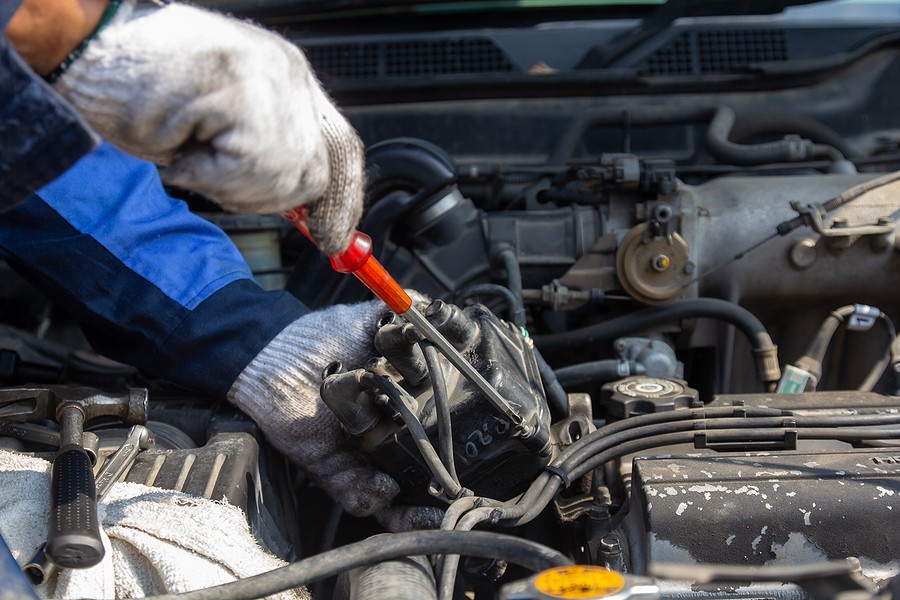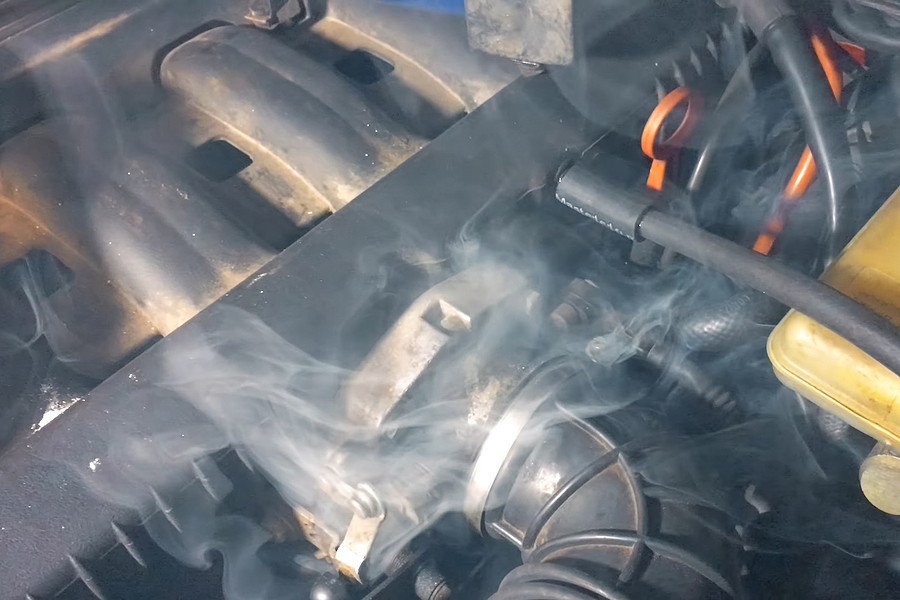Nothing creates a sense of alarm like seeing smoke bellowing out from your car's exhaust. For the motor enthusiast or even the everyday driver, it's crucial to understand what's happening beneath the hood. Dive deep into the world of exhaust fumes and discover the implications and potential solutions for your vehicle.
1. The Anatomy of Exhaust Smoke
1.1 Colors and their Meanings
Every shade of smoke emitted from your exhaust has its tale to tell. Identifying these colors is the first step towards diagnosis and rectification.
- White Smoke: Often seen when starting the car on a cold day. This is steam, a byproduct of condensation. However, continuous white smoke can indicate coolant entering the combustion chamber.
- Blue Smoke: This indicates that oil has found its way into the combustion chamber.
- Black Smoke: A rich air-fuel mixture could cause this. It implies that the combustion process has more fuel than required.
- Grey Smoke: Could be a combination of issues from transmission fluid burning, a stuck PCV valve, or other factors.

1.2 The Significance of Smoke Density
A thin wisp is usually not a cause for alarm, but thick, billowing smoke? That's a signal to take action.
1.3 Frequency & Timing
Occasional puffs versus continuous smoke streams have different implications. Early detection can save costly repairs down the road.
1.4 Odor & Associated Indications
Sometimes, the smell accompanying the smoke provides clues. A sweet scent might hint at antifreeze, while a more acrid smell could point towards oil.

2. Understanding the Causes
2.1 Faulty Piston Rings
Worn-out piston rings allow oil to seep into the combustion chamber, leading to blue smoke.
2.2 Damaged Head Gasket
This can allow coolant to enter the combustion chamber, manifesting as white smoke.
2.3 Clogged Air Filters
These force the engine to consume more fuel, resulting in black smoke.
2.4 Malfunctioning Fuel Injectors
Improper spray patterns or dripping injectors can lead to incomplete combustion and black smoke.

3. Prevention is Better Than Cure
3.1 Regular Maintenance
Timely oil changes and routine checks can prevent undue wear and tear.
3.2 Use Quality Fuel & Oil
Higher quality products tend to burn cleaner, ensuring maximum efficiency.
3.3 Check Air Filters
Regularly replace or clean them to maintain an optimal air-fuel mixture.
3.4 Monitor Engine Performance
Unusual noises or reduced performance can be early signs of impending issues.

4. DIY Diagnostic Techniques
4.1 The Paper Test
Place a sheet of white paper behind the exhaust while the car runs. The residues can provide hints.
4.2 Spark Plug Inspection
Their condition and deposits on them can indicate combustion efficiency.
4.3 OBD II Scanners
For the tech-savvy, these devices can read error codes from modern cars, providing specific diagnostic information.
4.4 Consult the Owner’s Manual
Many times, solutions or indications are present in the car's manual.

5. The Environmental Implication
5.1 Air Pollution
Excessive smoke contributes to smog and particulate matter in the air.
5.2 Health Impacts
Chemicals in smoke, like benzene, can have direct health implications if inhaled frequently.
5.3 Climate Change
Black smoke indicates incomplete combustion, which releases more CO2.
5.4 Economic Implications
Polluting vehicles might face restrictions or penalties in certain regions, adding to operational costs.
6. The Road to Recovery
6.1 Seek Expert Help
Sometimes, a professional mechanic's insight is invaluable.
6.2 Use Engine Additives
Certain additives can reduce smoke by enhancing combustion efficiency or sealing minor leaks.
6.3 Check and Replace Damaged Parts
Be it piston rings, gaskets, or filters, timely replacements can reduce smoke.
6.4 Retrofit or Upgrade
For older vehicles, sometimes an upgrade or retrofit can modernize and enhance the combustion process.

7. The Bigger Picture
7.1 Technological Advancements
The automotive world is rapidly evolving with cleaner and more efficient engines.
7.2 The Rise of Electrics
With electric vehicles (EVs) becoming more common, the age of exhaust smoke might soon be behind us.
7.3 Regulations & Standards
Tighter emission norms ensure that manufacturers prioritize clean combustion.
7.4 Educating the Masses
Awareness among consumers can lead to better maintenance habits and reduced pollution.
8. Quick Fixes vs. Long-Term Solutions
8.1 Patch-Up Work
While there are numerous products on the market claiming to offer quick fixes, such as engine oil stop leaks and fuel additives, these are often short-term solutions.
8.2 The Value of Comprehensive Repairs
Investing in thorough repairs, even if they seem costly at the outset, often leads to fewer problems down the line. Replacing faulty parts ensures your car runs optimally for longer.
8.3 Scheduled Inspections
Periodic comprehensive inspections can catch issues in their infancy, preventing major repairs in the future.
8.4 The Role of Technology
Incorporating advanced tech, such as monitoring systems and sensors, can help preemptively identify potential problems, shifting the approach from reactive to proactive.

9. Common Misconceptions
9.1 All Smoke is Troublesome
As noted, white smoke on cold mornings can be harmless steam. It's crucial to differentiate between benign emissions and actual smoke.
9.2 Black Smoke Always Indicates Fuel Problems
While it's commonly a fuel combustion issue, other factors like sensor malfunctions can also lead to black smoke.
9.3 Blue Smoke is a Death Sentence for the Engine
Not necessarily. Early detection and repair can extend the life of your engine significantly.
9.4 Modern Cars are Immune to Exhaust Issues
No car, regardless of its age or tech advancements, is completely immune to wear and tear. Regular maintenance remains paramount.
10. Embracing Cleaner Alternatives
10.1 Hybrid Vehicles
Hybrids combine the best of both worlds, relying on electricity when possible and switching to fuel when necessary, reducing emissions.
10.2 Full Electric Vehicles (EVs)
EVs represent the future of motoring, producing zero emissions and dramatically reducing environmental impact.
10.3 Alternative Fuels
Fuels like biodiesel, ethanol, and compressed natural gas (CNG) offer cleaner combustion compared to traditional gasoline.
10.4 Promoting Public Transport
Opting for public transportation reduces the number of individual cars on the road, curbing total emissions.

By now, you should have a deep understanding of what different smoke colors and densities signify, the causes behind these emissions, and how to address them. The onus falls on every car owner to ensure their vehicle is in prime condition, not just for their sake, but for the environment and society at large. As technology advances and we make strides towards greener alternatives, understanding and resolving exhaust smoke issues remains a pertinent topic for all drivers. Whether you're a seasoned mechanic or a daily commuter, the knowledge empowers you to make informed decisions for your car and our world.



